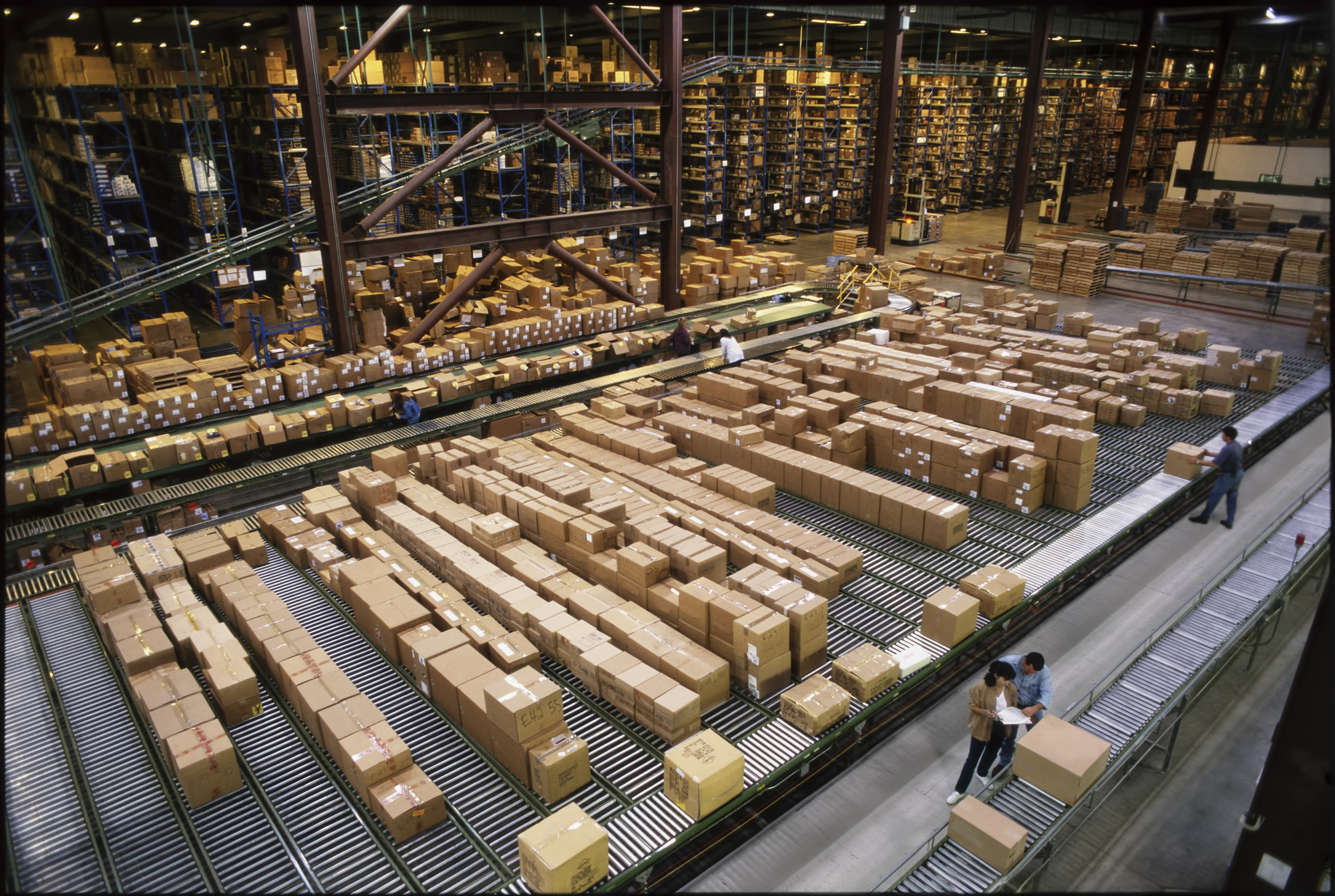The cold storage industry is at a turning point, according to a new report from Colliers. Most facilities in the U.S. are nearly 40 years old, and demand is rising for newer, more efficient buildings. Stricter food safety rules, energy concerns, and warehouse automation are pushing developers to rethink how and where they build. But after a surge in speculative cold storage (SCS) construction during the pandemic, the pace has slowed—and the future is uncertain.
Between 2020 and 2023, developers delivered 5.8 million square feet of speculative cold storage space, thanks to low interest rates, strong rent growth, and high demand. But by mid-2023, rising interest rates and inflation caused the industrial sector to slow down. Vacancy rates went up, net absorption dropped, and cold storage felt the pressure.
Companies like Saxum, RL Cold, Karis Cold, BGO, and Cold Summit, along with Americold and Lineage, led the charge during the boom. Hunt Southwest delivered the first spec facility of the cycle in Fort Worth, Texas, which is now leased to Emergent Cold. Karis built in Nashville, Charlotte, and Denver, while Saxum focused on Atlanta and Burleson, Texas. Saxum has since shifted to spec-to-suit projects, including one for Arcadia Cold Storage.
Most tenants in these buildings are 3PLs, like FlexCold and TriTemp, which emerged during the pandemic. After 5.2 million square feet was delivered in 2022 and 2023, only 1.1 million square feet came online in 2024. About 2.2 million square feet, including projects in Illinois and Long Island, is expected in 2025. But that’s still a small slice of the 295 million square feet of industrial construction happening nationwide.
Historically, developers built cold storage in markets with cheaper land, fewer zoning rules, and better power access. But today’s demand is shifting toward major cities, ports, and labor-rich areas, where land is more expensive and permits take longer. That’s pushing some developers to tertiary markets or intermodal hubs like Lancaster, Texas.
Others are going vertical. Multi-story cold storage and high-bay warehouses, up to 50 meters tall, are already used overseas and may start popping up in the U.S.
Tariffs, taxes, labor, and government spending will continue to affect cold storage planning. “If inflation surges again and government spending remains high, interest rates won’t be coming down anytime soon,” said Brad Whittell, Vice President of Mortgage Brokerage at Colliers. Rate cuts may still happen in 2025, but only if the data supports it.
Despite the current slowdown, cold storage has a strong long-term outlook. The global market is projected to grow from $159.7 billion in 2024 to $427 billion by 2030. In the U.S., it could hit $97 billion. Some trends helping drive this growth include:
- Health-focused frozen foods, with probiotics up 33% in three years
- High-end, at-home meal options designed to feel like restaurant dishes
- Rising interest in global flavors like Indian, Japanese, and Cajun cuisine
- A 26% jump in global street food items, including bao buns and empanadas
While the market is still adjusting, developers are focusing more on build-to-suit projects until existing inventory gets leased. But speculative development could bounce back soon, especially for flexible buildings with multiple temperature zones.




